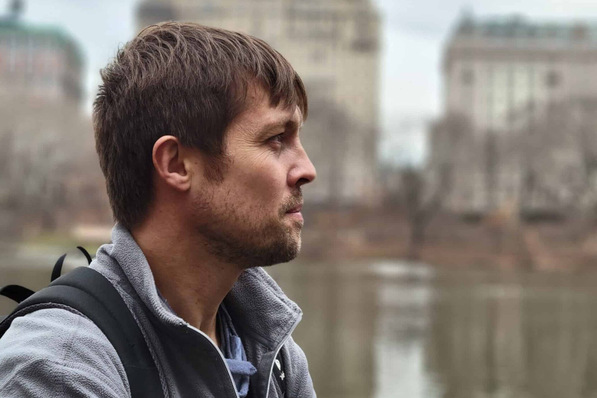The new headquarters of Italian energy giant ENI was designed as an innovation campus and dedicated to energy research and production. The LEED Gold award-winning complex, designed by Morphosis Architects in collaboration with Nemesi Architects, comprises 4,600 modular workstations. The ‘metamorphic’ glass facade (made of Stopray Vision 60 and Stopray Grey 25 from AGC Interpane) with a metal sun and glare protection on the south side controls the light conditions inside and provides effective heat protection in summer.
What do the three towers contain?
At eleven storeys, the ‘Icon Tower’ is the tallest building, which also houses the canteen - with 5600 square metres of space for 1100 guests. The ‘Landmark Tower’ is the largest with 23,700 square metres on nine floors.
See also: What does "Trinity" actually mean for glass facades?
The ‘Skygarden Tower’, located in the middle, houses a conference centre with 360 seats, a cafeteria and a catering and conference area. An evergreen panoramic garden is located in the upper section.
‘Icon’ and ‘Landmark’ are connected on the 7th floor by an 85 metre long steel bridge, which varies in width between around 15 and 3 metres, as well as in height, starting at a whopping 20 metres at the Icon and 6 metres where it docks onto the Landmark.
The Icon is also connected to the Skygarden building on the second floor via another metal bridge, which is around 68 metres long. This consists of two spans with a clear span of around 15 metres and one with a span of 38 metres. Joints at the ends of the bridge make the structure independent of the Icon and Skygarden.
Optimised energy performance
The new Eni headquarters was developed with the clear goal of high sustainability and energy efficiency and has achieved LEED Gold certification (Leadership in Energy and Environmental Design). The high-performance double-skin facade also contributes to this.
Also interesting: The new structural glazing facade of the Milvia Street Campus
The complex glass facade, which was fitted with highly efficient and partially curved solar control glass from AGC Interpane, sealed with structural silicone - a so-called ‘Structural Sealant Glazing System’.
What do the Interpane facade glasses do?
In large parts of the facades, around 17,000 square metres of ‘Stopray Vision-60’ protect the building from overheating in summer with a g-value of 33%, thus reducing the need for air conditioning. At the same time, it transmits a high 59% of visible daylight, for maximum daylight utilisation and bright rooms all year round.
The light reflection is relatively low at 15% to the outside and 17% to the inside - this and the high colour neutrality (Ra = 95) favour an undistorted view.
Have you seen our series Topic of the Week?
With a Ug value of just 1.0 W/(m2K), the double glazing protects rooms from cooling down at low temperatures. AGC Interpane used tempered base glass (with heat soak test) for the glass structure. The special feature: it was only coated to a fixed size after the glass had been tempered and the complete LSG packages laminated - with a specially customised Stopray Vision 60 coating.
The tempering process could therefore be carried out with more even cooling and heat distribution, so that the glass is even flatter - this prevents unsightly ‘distortions’ in the aesthetic effect of the facade.
Co-curved glass coatings
For curved parts of the building, for example in the two-storey high lobby (around 600 square metres), the solar control coating was actually ‘bent along’.
In the ‘Black Facade’, the striking angled sections of the building, AGC Interpane used around 3600 square metres of ‘Stopray Grey 25’ (a project layer outside the standard range), a toughened and solar control-coated monolithic glass pane on the outside and laminates of toughened glass on the inside for fall protection.
With a low g-value of just 12%, the facade, which deliberately appears dark from the outside, blocks out the majority of the sun's rays, which are particularly prominent here during the day. With a daylight transmission of only 15%, this part of the facades acts like ‘sunglasses’ for the headquarters.
AGC Interpane supplied 18,000 square metres of printed mono-laminated safety glass for the building's opaque balustrades, which are used to provide additional shading for the building's thermal mass.
All solar control glass in the Stopray family has been awarded the ‘Cradle to Cradle’ sustainability certificate in silver and is also available in ‘low carbon’ versions as part of the AGC Group's new CO2-reduced production. By using them, architects and planners improve the classification of their buildings in environmental certifications according to DGNB, LEED, BREEAM etc.














